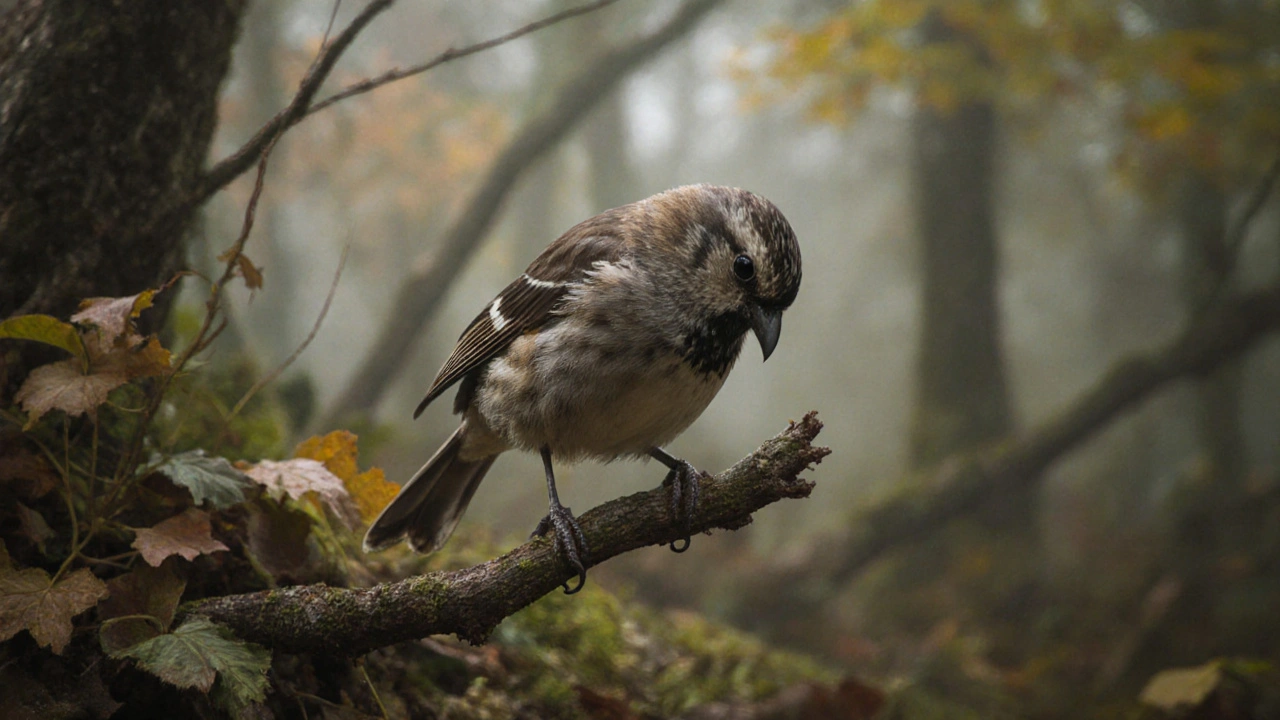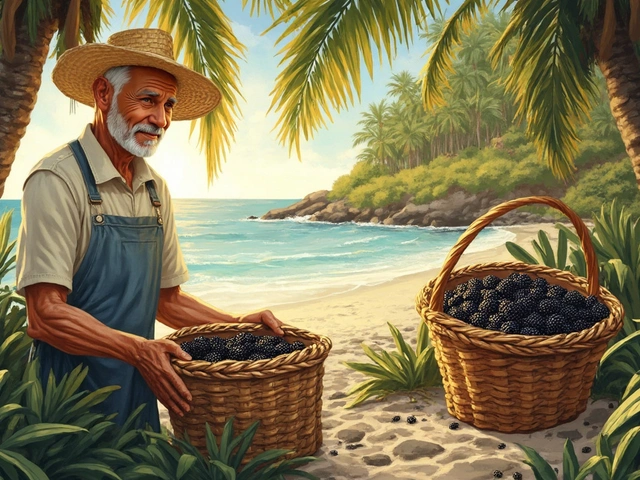Wildlife Conservation: Why It Matters and How You Can Help
Ever wonder why fewer birds, big cats, and insects show up in your backyard? Over the past few decades, scientists have recorded a sharp drop in wildlife numbers across the globe. That decline isn’t just sad—it messes up the whole ecosystem that we all rely on.
Wildlife conservation is the effort to keep animal populations healthy and their homes safe. It’s not a fancy idea reserved for scientists; it’s everyday actions that add up to big change. When we protect a forest, a river, or a grassland, we’re also protecting the food, clean air, and water that support human life.
Healthy wildlife does more than look good in a nature documentary. Bees pollinate the crops that end up on our plates, wolves keep deer numbers in check, and mangroves filter storm water. In other words, strong animal communities keep the planet running smoothly.
Key Threats to Wildlife
First up, habitat loss. When forests are cleared for farms or cities, animals lose the places they need to eat, breed, and hide from predators. Even small patches of wood can be crucial for local birds and squirrels.
Poaching and illegal wildlife trade are another huge problem. From elephants poached for ivory to exotic birds captured for the pet market, these activities push many species toward extinction and disrupt whole food chains.
Climate change is a silent driver that’s reshaping habitats faster than many animals can adapt. Warmer temperatures shift the range of insects, melt ice for polar bears, and cause coral reefs to bleach, affecting countless marine creatures.
Practical Steps You Can Take
Support local conservation groups. Even a modest monthly donation can fund patrols, habitat restoration, or education programs that make a real difference.
Choose sustainable products. Look for certifications like FSC for wood or responsibly sourced seafood. Reducing waste and recycling also cuts down the pressure on natural resources.
Get involved in citizen science. Apps let you log sightings of birds, insects, or mammals, feeding researchers valuable data that guide protection plans.
Volunteer for habitat clean‑ups or tree‑planting events. Hands‑on work not only improves the environment but also connects you with like‑minded people who care about nature.
Finally, spread the word. Talk to friends, share facts on social media, and encourage your community to adopt wildlife‑friendly practices. When more people care, policymakers notice and act.
Wildlife conservation isn’t a one‑person job, but every action counts. By understanding the threats and taking simple, everyday steps, you become part of a global effort to keep nature thriving—for us and for future generations.
Deplumation in Wild Birds: Causes, Impacts & Conservation

Explore why wild birds lose feathers, the impact on their health, and what conservation actions can reverse deplumation.
read more



